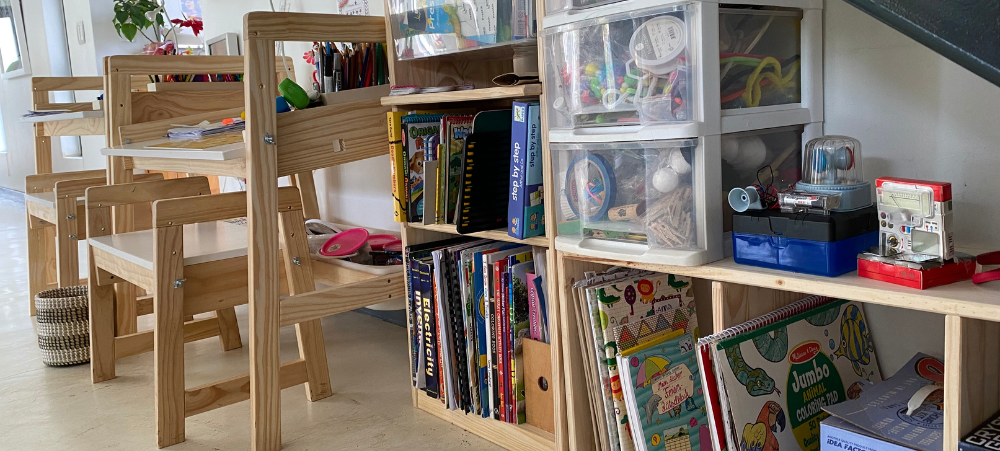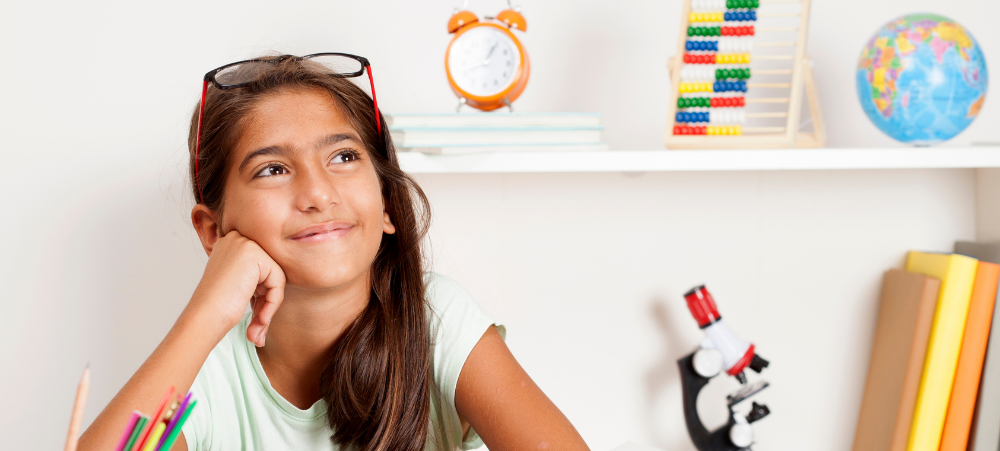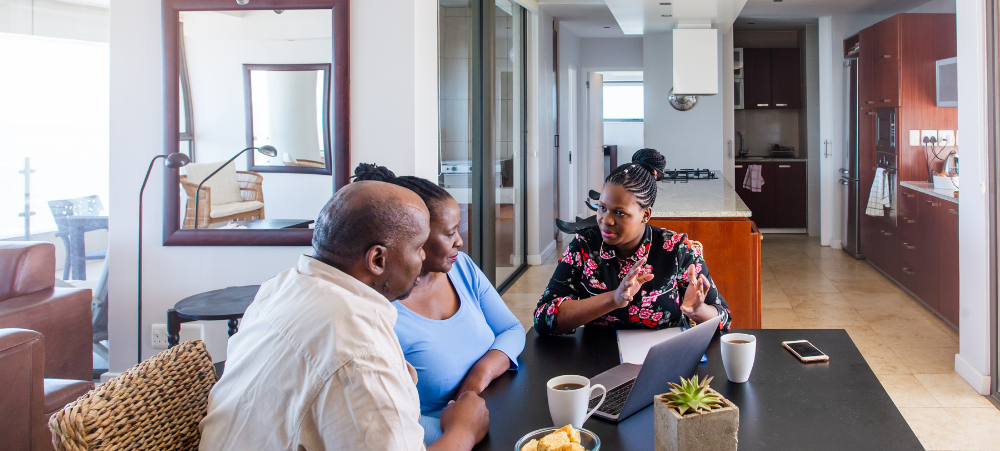
Preparing your child for the 4IR
The on-going impact of a pandemic, looming price increases and unstable markets might have parents wondering what they can do to prepare their children for an unknown future work environment. Fortunately, it’s not all doom and gloom. There are many new opportunities, and the future is bright if your child is properly equipped to take on the challenge. Where do we start? In this modern and ever-evolving world, careers can be made out of almost anything. The world really is filled with opportunities at every turn, however the first lesson you should probably help your child learn is that a career does not have to be static. You no longer choose one job for life, then retire from that industry 40 years later as was the norm in past generations. There is great value in teaching your child the importance of being flexible, and that the working world is dynamic and changing so they need to be too if they are to survive and thrive. That said, your child, just like you, will sometimes have to do things they don’t like. Help them get used to that concept too from a young age. Like every adult, every child has inclinations, skills and interests that vary. It’s important to teach your child to explore their interests. The ideal time to start encouraging them to do this would be during middle school (Grades 7 to 9). Encourage your child to participate in various extra murals and holiday clubs, to learn and develop their interests in a variety of different things. It’s important to invest in your child this way. By experiencing many different sports, clubs, activities and interests, you’ll give them a better perspective on what the world has to offer. A tip for parents: Take an interest in what your child is interested in. This will help them feel supported and excited (a child who is engaged and excited will learn skills quickly). Remote and international learning/work has opened up exciting opportunities The traditional ‘South African dream’ of leaving school, going to university, getting a job, buying a house, having two kids and retiring is an outdated ideation. Most members of Generation Z (born 1997-2012) and most certainly Generation Alpha kids (born 2013-2025) are unlikely to follow the life path their parents had anticipated or hoped for. What we’re seeing in education is that students are looking at international learning opportunities once they have completed their secondary and, in some instances, tertiary education. They are even considering remote study opportunities where they can receive certifications from the comfort of the sofa in a chosen location around the globe. There are many programs that support South African students and gear them towards applying to international universities. Organizations such as NCUK facilitate these options which mean that students now have more opportunities than ever before to learn in new and exciting parts of the world. Young Generation Z adults who’ve already graduated recognize that traditional jobs aren’t necessarily for them. With remote work opportunities and the ever growing “Gig Economy”, we see skilled individuals choosing to consult and work on a freelance basis over full-time regular positions. It is not uncommon to become your own boss from a young age, work when you need money and prioritize enjoying and experiencing youth. Skills, skills, skills… Although I am tempted to write the word ‘skillz’ as the sort of skills your children should be developing might not necessarily be in line with anything you understand right now, or particularly value as a traditional skill. Digital content creation, editing skills and personal branding are some of the areas where we see young people ‘sharpening their sticks’. With more than one million students enrolled in South African universities in 2022, how does your child stand out from the crowd? While this may only recently have been a thought in your mind, it’s been a thought in their minds for years thanks to social media. Standing out from the crowd, developing unique and sought-after skills, talents and abilities is critical for young people to rise above their peers. Skills for the Fourth Industrial Revolution are often not necessarily learnt at all schools. This is where support from parents is crucial, the need to facilitate, encourage and support unique skill development in the home cannot be stressed enough. Practical things you can do right now One thing that has come up time and time again is the need for young students to develop business savvy and entrepreneurial skills. Help your child start a small business – by doing so they will learn a few harsh lessons such as, how tough it is to make money, managing your money = success, selling and developing a product or service people actually want or need, the importance of reinvesting into your business and saving money rather than spending it. Teach your children to repair things. Now, you yourself might not be so ‘handy’ and that’s okay. Let’s say your fan stops working. Encourage your children to take it apart and watch a few YouTube videos on how to problem-solve and possibly fix the fan. This might be a strange example, but it’s the sort of thing that you may throw out rather than repairing, so if it can be fixed, you just saved the cost of replacing the fan. That’s a valuable lesson for a child. Take risks. Encourage your child to sign up for things they might not have been inclined to do. The thing about risks, is that they are associated with failure. This is not a negative thing; in fact, it is quite positive! When children are making mistakes, it also means they are learning to fix those mistakes as early as possible. Failure and learning to deal with failure are some of the most important lessons young people can learn. The reality is that our children are stepping into an unpredictable world. Failure helps children develop confidence and identity if handled and supported correctly. An old teacher



































